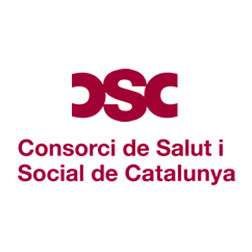01/12/2020 - 12:43
Urban planning. Two out of three applications approved are for extensions to existing terraces.
The hospitality sector has been hit especially hard by the Covid-19 crisis. Permission has been granted for 3,129 new terraces or extensions in the city since the end of May, providing support for the sector, adding vitality to public space, enabling easier access and allowing safety measures to be observed properly.
Two out of every three applications approved (2,167) were for extensions to existing terraces, with the other 962 for new ones. Between them, this equates to 8,627 tables and 33,398 chairs.
L’Eixample is the district where the most permits have been issued, with 844 extensions and 256 new licences (1,100 in all), followed by Sant Martí, with 453 in total.
New terraces and extensions have helped free up 23,176 square metres of road surface previously used by traffic. This is because 1,299 of the terraces have been set up on road surfaces, with 40 combining pavements and road surfaces. The other 1,790 are on pavements.
Over 6,700 applications
A team of eighty technical staff handled the process to grant permission for the terraces. Since the process got under way, 6,731 applications have been made and 4,203 resolved. The other 2,528 were not given consideration as they contained errors which could not be rectified.
Finally, 1,074 applications were turned down. Reasons included insufficient space, non-compliance with general regulations on noise and accessibility, and administrative reasons such as not have a current operating licence or having one which doesn’t allow for the use of a terrace.
A new application period of one month will be opened up in the coming days for more terrace applications to be made.
Audit and a new prototype for extending pavements
The Institute of Urban Landscape is carrying out an internal audit to assess the implementation of terraces on road surfaces, as these have the biggest impact on the local environment. Nearly a thousand terraces have been analysed and over half of these have been correctly set up, while the rest must improve or rectify certain aspects. Most cases where improvements are needed relate to the execution of the new space, such as incorrect protection or separation between adjacent terraces, issues with the design in the application and non-compliance on the part of operators.
With the first stage in the management and implementation of the new terraces and extensions now complete, the municipal government is looking to consolidate them by rethinking their composition and improving their appearance to help it fit in with the urban landscape.
A platform is therefore being design for extending pavement levels for terraces located on road surfaces and ensuring access and safety. A new call will be opened up soon for companies in this sector to produce the prototype, with a view to installing the platforms from the end of the first quarter of 2021.
Work is also being done with Fostering Art and Design (FAD) for a new call for architecture and design schools to come up with formulas for improving terraces.










